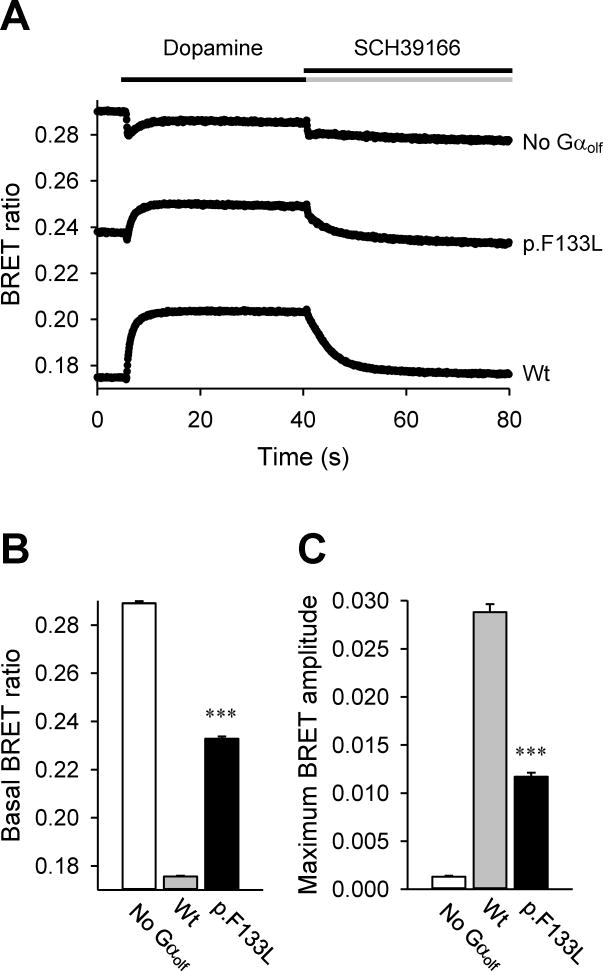Figure 2. Functional effects of F133L substitution in Gαolf assessed by the Bioluminescence resonance energy transfer (BRET) assay.
A) Time course of Golf activation in D1R-transfected cells. Responses to dopamine and SCH39166 (D1R selective antagonist) were monitored. Variations of p.F133L from wild-type Gαolf (wt) in the BRET signal indicate impaired function of the mutant. Representative traces are shown (n = 6). B) High basal BRET signal from p.F133L mutant before dopamine application suggests impairment of Gαolf/Gβγ trimer formation. C) Unlike the wild-type protein (wt), the altered form (p. F133L) showed small response to dopamine application, which is consistent with impaired association with the Gβγ dimer. Values shown in B and C represent mean ± SEM from three independent experiments. One-way ANOVA followed by Tukey’s post-hoc test was performed to determine statistically significant differences relative to wild-type control. Triple asterisk (***) indicates P < 0.001, t-test.

